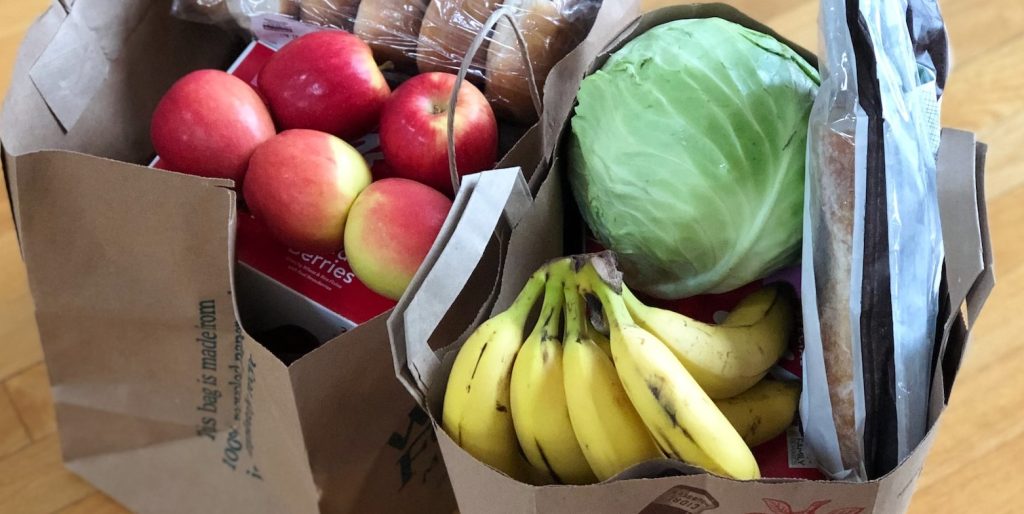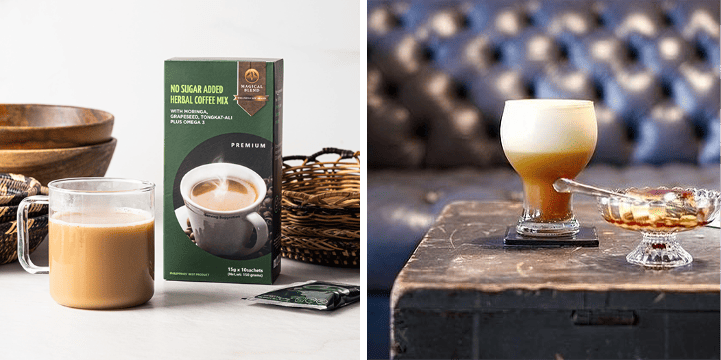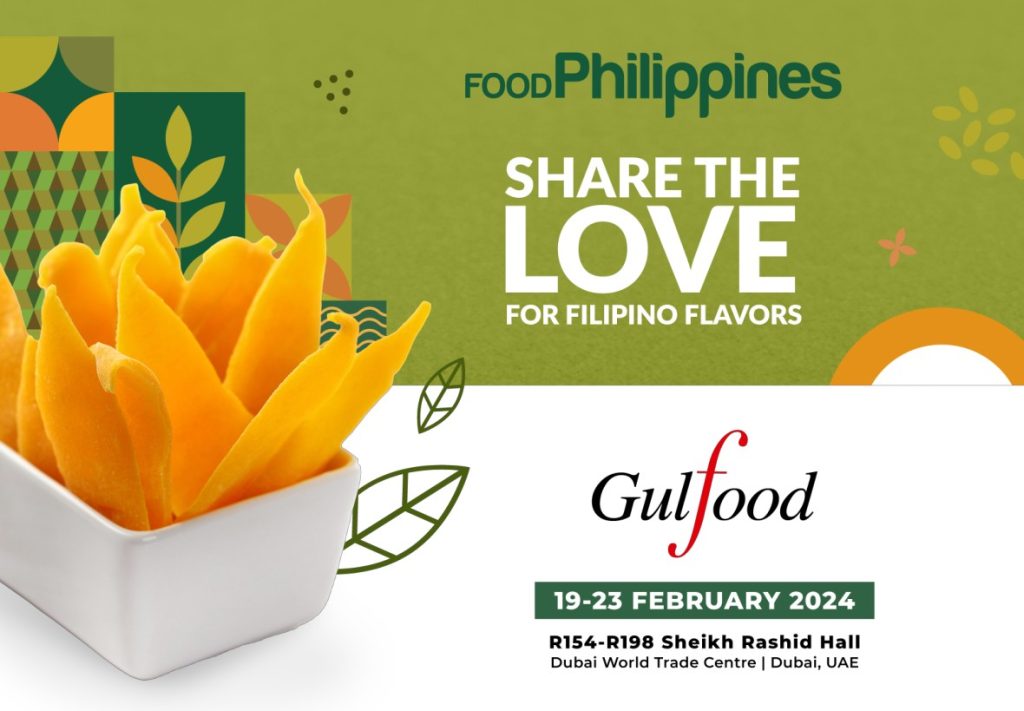
Photo credit: Vitalii Pavlyshyne on Unsplash
The unending quest for healthy and sustainable food amid changing lifestyles
Shifts in various industries continue to lean toward sustainable and healthy options. People have been clamoring for decades to have access to better quality of practically everything, from housing to work environments, down to the very type of material we use to wipe our kitchen mess. Going green entails a change in the way we usually consume or process things toward a more earth-friendly lifestyle.
The food we eat is no different. Yet, getting on the healthy food bandwagon is not a one-size-fits-all scenario. The journey is slow, but we are getting there – at least to a place where there is less judgment about our food preferences. This is in huge part to the growing diversity of food options we now have around us, thanks to access to better health education and infrastructure, social awareness, and cultural understanding when it comes to our nutrition.
There are currently 17 Sustainable Development Goals (SDGs) under the 2030 Agenda for Sustainable Development that are top of mind for all United Nations Member States. In this “shared blueprint for peace and prosperity for people and the planet (sdgs.un.org/goals),” achieving zero hunger and ensuring good health and well-being for all ages come second and third, respectively, to the top priority of ending poverty globally.
Green snacking: Trending towards the new norm

From food to everyday choices, adding more fruits and vegetables as well as using recycled packaging, consumers have more information about nutrition and sustainable practices at their disposal. (Photo credit: Maria Lin Kim on Unsplash)
As far as food trends go, the coming years will see continuous movement in the selection of healthy food choices for just about every type of meal imaginable. There is no doubt that major food brands, distributors, and buyers alike are sure to tout the latest innovation or hype to a public that, for all its inconsistent demands, is united in its search for something sincerely good.
So, when it comes to people’s snacking, having both good health and convenience is one good compromise. These days, healthy snacking is not limited to bland taste or simply cut fresh fruits and vegetables. Food technology has allowed for new food preparation, improving the nutritional quality, variety, and an avenue for more unique pairings whether with food or drinks. For instance, some coffee shops offer coffee mixed with pineapple and asparagus. Many cafes across Asia have coffee drinks infused with fruit and vegetable components, selections that one wouldn’t automatically associate with a beverage, let alone in one’s coffee.

Coffee infusion: Instant herbal coffee with moringa and grapeseed, and pineapple coffee (Photo credit,r: @naomigration).
Cultural influences aside, a region’s agriculture and climate also play significant roles in the sustainability and emergence of food innovations. In Gilroy, California, even a mere passing through can feel like being doused in garlic perfume for the rest of the day. After all, it is the world’s garlic capital. As such, some food and beverage offerings are seen as novelties by non-locals. These include garlic wine, garlic ice cream, and garlic egg rolls among others.
The Philippines, being a tropical country rich in an array of local food sources, can readily meet this encouraging shift in food consumption. Other than the usual suspects banana and cassava, other crops and fruits have been processed into chips and snacks beyond your typical trail mix.
A taste for technology

A healthy take on traditional chips – kimchi, tomatoes, and taro root are turned into delectable snacks one can indulge in minus the guilt trip. (Photo credits: ohsohealthy.com; @elievsatuito; and Bahaghari Global Food Inc.)
A popular process suited to maintain food quality and nutrients with less oil use, vacuum frying has become attached to many products in the realm of snacks, particularly chips. With such technology widely adaptable to the food industry, it is no wonder that fruits and vegetables have found an efficient and effective match in vacuum frying. Compared to conventional frying, the vacuum method requires low temperature, helping the food retain more of its nutritional value as well as natural components, like coloring and aroma.
These factors make vacuum frying an ideal method in meeting the current demands for healthier food options, as well as make a considerable contribution to helping people manage their dietary requirements without sacrificing flavor and variety. Moreover, this cooking technology is helping address an equally challenging global concern, especially among populations struggling to achieve a tangible level of food security.
In the UN SDG Report 2023, 120 kilograms of food is wasted by each person on average per year. Add this to the pressing concern agricultural communities face in terms of unsellable or inedible crops and produce, further weakening food supply chains across the globe. Vacuum frying provides practical opportunities for mitigating such food waste – instead of relying on (wholesale) market buyers or being hindered by farm-to-market costs, at the same time, creating an income-generating platform at the grassroots level.
Championing sustainability in the global food economy
Though vacuum-fried products, including snacks, have been in mainstream food stores for years, local and international food fairs are ideal places to discover trends and upcoming product lines as well. Such events lend the necessary market exposure and traction to independent and small retailers, inputs and connections to decision-makers in the food industry as well as organizations that can lend technical assistance in their food journey and economic stability.
The Philippines is doing its part early this year at Gulfood in Dubai, from February 19-23, 2024. Started in the late 1980s, Gulfood has evolved into the premier global showcase for all things food and hospitality. Now on its 29th edition, Gulfood 2024 will yet again feature an international curation of leading industry experts, innovators, and fellow enterprises for a global sharing of knowledge, products, and services. With thousands of exhibitors in attendance, the Philippine delegation will bring to the fore a food showcase championing healthy and convenient food options. This market thrust takes advantage of the continuous uptick in demand for more natural and nutrient-driven food in the United Arab Emirates.

Under the country’s collective food promotions program FOODPhilippines, the Center for International Trade Expositions and Missions (CITEM) continues to take the lead in creating socio-economic avenues for Philippine MSMEs and manufacturers in the global food market. As important as gaining crucial access and market share to this vast food sourcing network, the country will be able to showcase its commitment to meeting the demands of consumers toward a more progressive food movement.
Food enthusiasts will get a chance to see more of what the Philippines has to offer in the global culinary space when CITEM stages the 17th edition of the country’s largest international trade show for food and ingredients, IFEX Philippines 2024. Experience a salu-salo of Philippine food, culture, and innovation from the country’s premier food exhibitors and their product offerings from May 10 to 12, 2024 at the World Trade Center Metro Manila.
Visit IFEXConnect.com to learn more about IFEX Philippines 2024, participating exhibitors and diverse food flavors, including upcoming events of CITEM.
Related: Delight in the future of healthy and convenient eating as FOODPhilippines joins Gulfood 2024


Recent Comments